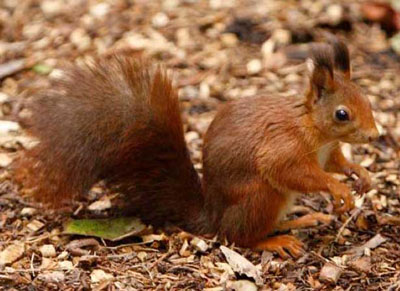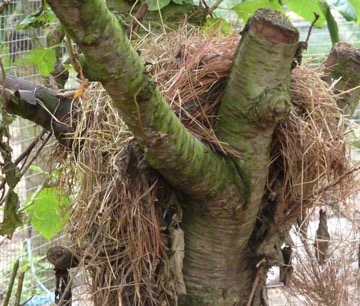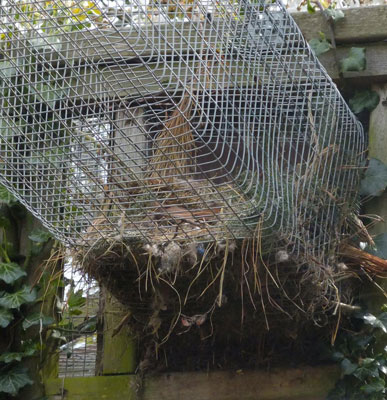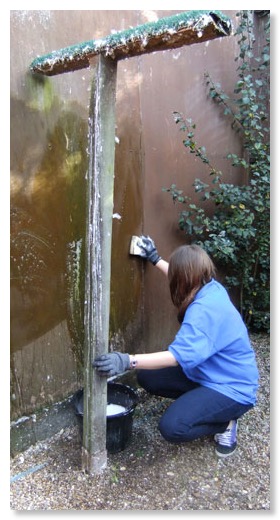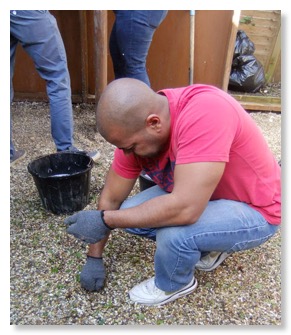As our supporters will know, S.O.S. is the port of call for members of the public who have encountered a variety of injured wild birds of prey.
During the milder breeding season, many of the casualties are young owls which have fallen from their perch whilst learning to fly. During the winter months, however, the patients usually consist of road traffic accidents caused by birds hunting too close to roads, starvation cases when food sources are compromised, birds which have flown into the windows of houses and, occasionally, chimney falls.
Last week we received from a local couple who heard movement in their (unused!) log burner. Having heard scratching and noticed soot falling for a few days, they decided to contact a chimney sweep to investigate further.
The first job was to clean the poor creatures of all the soot & grime
They were shocked to discover that not one, but two Tawny Owls had taken a tumble down into the grate. A mating pair, it seems likely that the owls had chosen the old, wide chimney as a perfect winter roost, little realising that the bottom was a LONG way down!
The house owners rang S.O.S. for advice on the careful handling and boxing of the dazed pair to facilitate their transportation to our raptor hospital for assessment. On arrival, a thorough health check revealed that the forlorn pair of Tawnies were…..BLACK!…and thin, having been trapped in the chimney for several days. Apart from these very treatable conditions, however, they seemed non the worse for their ordeal.
Maz gently gave one of the rescued Tawnies some reviving sustenance through a crop tube
Maz & Jess quickly got to work with suds and water and after several baths, two handsome looking owls emerged. Both were initially fed by crop tube to ensure that they received immediate sustenance and after all the commotion had died down and a few hours of peace and quiet had passed, they were looking much calmer and brighter.
The tawnies are now eating well and enjoying some time in one of our rehabilitation aviaries, where they can gain strength and build muscle tone without fear of predation.
Ah, that's better! The pair are now well on their way to full recovery and will soon be released to a safe and secure spot well away from chimneys!
Unusually, the pair will not be returned to the location where they were discovered when the time comes for their release back into the wild - breeding pairs will often return immediately to the roost that they thought so ideal for raising young, so on this occasion, a safe secure habitat will be found for them well away from inviting chimneys!
We are extremely grateful to the owl rescuers for their diligence in determining the source of the strange noises they heard in their chimney! Had they ignored the ghostly scrapings and lit their fire, the outcome would not have been a happy one for this lucky pair!
S.O.S. Blog by Catherine































